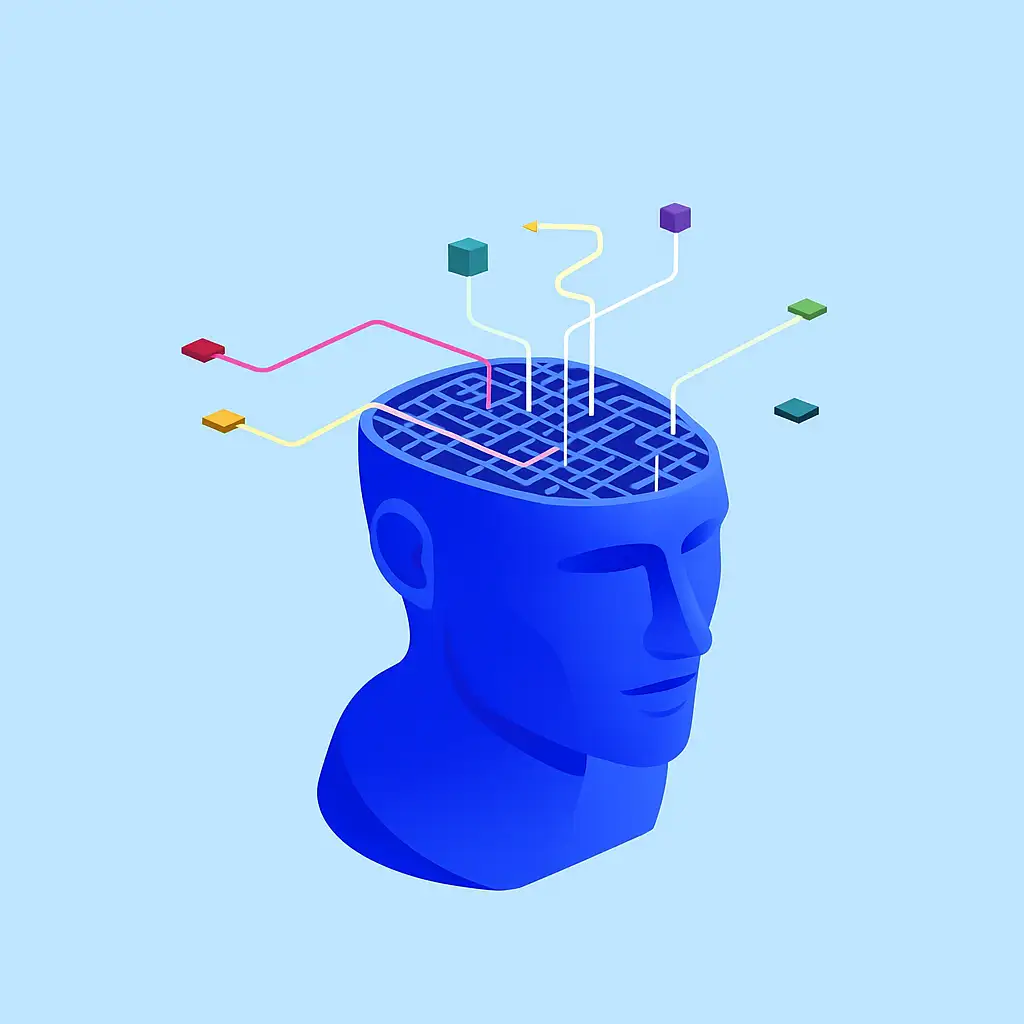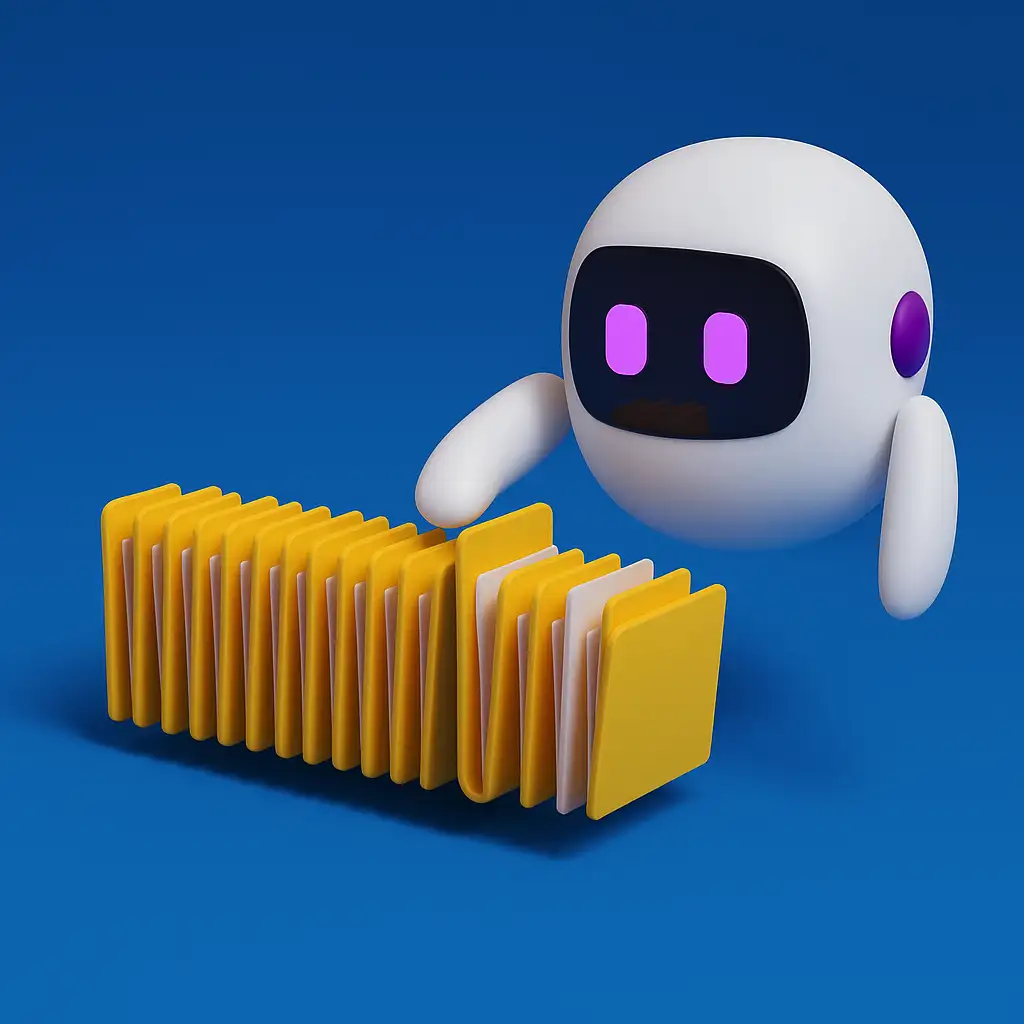The 2025 AI Agent Landscape: From Tool-Driven to Fully Autonomous – And Why Security Has Never Mattered More

PenligentAI · 12, August 2025
In just a couple of years, AI Agents have gone from a research buzzword to something companies are actually rolling out.
The tricky part? Not all AI Agents are built the same. The way they’re designed, how they make decisions, and where they work best can vary wildly. If you don’t understand the differences, you could end up choosing the wrong kind of Agent for your project—and paying for it later.

The Three Main Flavors of AI Agents
Tool-Driven Agents
Think of these as power users with a massive toolbox. They lean heavily on APIs and third-party tools, following specific instructions to get the job done.
- Examples: Auto-GPT, LangChain Agents
- Strengths: Easy to integrate, plug-and-play with existing workflows, fast to deploy.
- Where They Shine: Data scraping, automated QA testing, back-office process automation.
Workflow-Oriented Agents
These are the project managers of the AI world—great at breaking tasks into steps, tracking progress, and managing dependencies.
- Examples: CrewAI, TaskWeaver
- Strengths: Visual workflows, strong cross-system collaboration.
- Where They Shine: Multi-department workflows, business process automation, approvals.
Autonomous Agents
The most advanced type—these Agents can set their own goals, make decisions with incomplete information, and adapt to changing environments.
- Examples: OpenAI’s o1 series, Meta’s Large Agent initiatives
- Strengths: Minimal human intervention, exploration and optimization skills, continuous improvement.
- Where They Shine: Security defense automation, autonomous vehicles, high-frequency trading, penetration testing.
Where AI Agents Are Headed Next
- Multi-Modal Skills: Not just text, but images, audio, and video.
- Long-Term Memory: They remember past work and use it.
- Self-Review Loops: They check their own output for quality.
- Hybrid Deployment: Cloud when you need scale, local when you need privacy.
Why AI Agent Security Is About to Be a Big Deal
The more powerful an Agent becomes, the more dangerous it is when something goes wrong. Without guardrails, you’re looking at risks like:
- Privilege Escalation: Accessing systems or data it shouldn’t.
- Runaway Processes: Infinite loops or destructive commands.
- Data Leaks: Sending sensitive info to external APIs.
- Weaponization: Hijacked to perform malicious tasks.
Key Security Practices
- Least Privilege Access: Only give it what it absolutely needs.
- Audit Logs: Track every action in real-time.
- Input/Output Filtering: Stop prompt injection and malicious payloads.
- Sandboxing: Keep the Agent isolated from core systems.

The Pentesting Angle You Can’t Ignore
Here’s the uncomfortable truth:
The moment you plug an AI Agent into your systems, you’ve introduced a new attack surface. And unlike traditional software, AI Agents don’t always behave predictably.
That’s why continuous penetration testing—ideally automated and AI-assisted—isn’t optional anymore. You need to know how your Agent handles unexpected inputs, how it reacts under stress, and whether it can be tricked into revealing secrets or running harmful commands.
Skipping this step is basically asking for trouble. If you wouldn’t deploy a new web app without a security audit, you definitely shouldn’t let an AI Agent loose without putting it through a serious, hands-on pentest first.
AI Agents are the future—whether they’re tool-driven, workflow-focused, or fully autonomous. But with great autonomy comes great responsibility, and without rigorous security testing, you’re just one clever exploit away from a very bad day. In 2025, the smartest AI strategy is one that takes security—and penetration testing—as seriously as innovation.